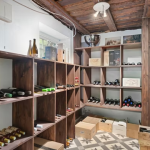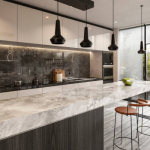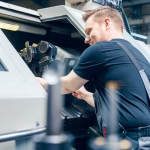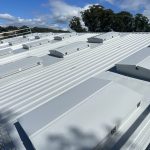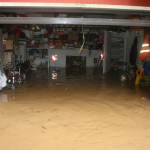Transforming Your Shed Into a Functional Living Space: A Complete Guide
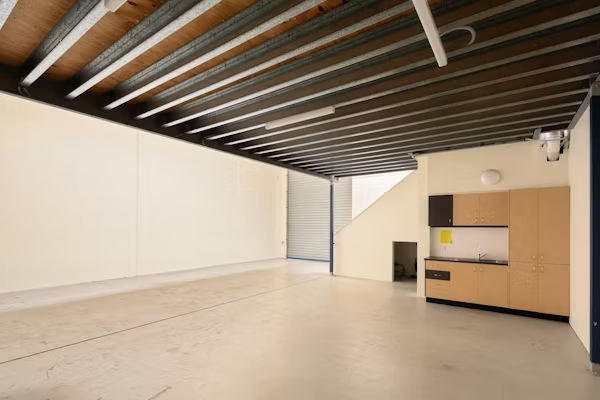
For decades, backyard sheds have been relegated to storing dusty garden tools, forgotten sporting equipment, and boxes of who-knows-what that we promise ourselves we’ll sort through “someday.” But there’s a revolution happening in backyards across the globe, and it’s time your shed joined the movement. Modern shed transformations are turning these neglected structures into highly functional spaces that serve as home offices, workshops, entertainment areas, art studios, and even compact guest accommodations.
The beauty of shed renovation lies in its accessibility. Unlike major home extensions that require council approvals, significant budgets, and months of construction, transforming your existing shed can often be accomplished with modest investment and weekend effort. Whether you’re working with a modest 3×3 metre space or a more generous structure, the potential for creating something genuinely useful is enormous.
Assessing Your Space and Setting Clear Goals
Before swinging a single hammer or purchasing any materials, spend quality time honestly evaluating your shed’s current condition and your genuine needs. Walk around the structure at different times of day, noting how natural light enters, where moisture problems exist, and what structural repairs might be necessary. Check the foundation for settling, inspect the roof for leaks, and examine walls for damage or deterioration.
Your goals should be specific and realistic. “Making the shed nicer” is too vague; “creating a comfortable workspace with proper lighting, heating, and storage for my woodworking hobby” gives you actionable direction. Consider who will use this space, how often, and for what activities. A space designed for occasional storage has vastly different requirements than one intended as a daily home office or workshop.
Budget honestly for your project. Material costs can escalate quickly, especially when addressing structural issues or adding electrical and plumbing services. Research local regulations regarding shed modifications—some improvements, particularly those involving electrical work or plumbing, may require permits or professional installation.
Many homeowners discover that staged renovations, completed over several months, provide better results than rushing to finish everything at once.
Climate considerations are crucial for Australian sheds. Our intense summer heat and varying humidity levels across regions mean insulation and ventilation aren’t luxuries—they’re necessities for creating genuinely usable space. Factor in costs for proper insulation materials, ventilation systems, and potentially heating or cooling solutions depending on your local climate and intended use.
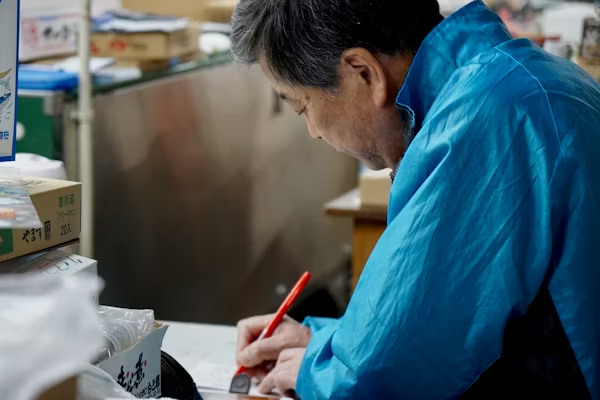
Creating Functional Amenities for Extended Use
Once your shed’s structure is sound and weatherproof, consider which amenities would genuinely enhance its functionality. For many shed conversions, especially those intended as entertainment spaces, workshops, or extended outdoor living areas, adding cooking capabilities opens up remarkable possibilities. The ability to prepare food or beverages without constantly trekking back to the main house transforms how you use the space.
Installing compact cooking equipment requires careful planning around ventilation, fuel sources, and safety considerations. Gas cooking solutions offer particular advantages in shed environments, providing reliable performance without the electrical load of induction or electric cooktops. For those in regions with established infrastructure, solutions like a gas hob in Singapore market demonstrate how compact, efficient cooking equipment can be integrated even into smaller spaces. Modern gas hobs have evolved considerably from bulky, dated designs, now offering sleek profiles that fit comfortably on compact benchtops while providing professional-grade cooking performance.
When incorporating cooking facilities, proper ventilation becomes absolutely critical. Even outdoor-adjacent spaces require adequate airflow to remove cooking odors, excess heat, and combustion byproducts. Range hoods or exhaust fans vented to the exterior should be sized appropriately for your cooking equipment’s BTU output. Consider both mechanical ventilation and passive airflow through strategically placed windows or vents.
Safety measures cannot be compromised when adding cooking capabilities to shed spaces. Install appropriate fire extinguishers rated for different fire types, ensure adequate clearances from combustible materials, and if working with gas, have all installations completed and certified by licensed professionals.
Carbon monoxide detectors are essential in any space with combustion appliances, even those with good ventilation.
Storage planning around your new amenities deserves careful thought. Compact spaces require smart organization to remain functional. Open shelving can work beautifully in shed environments, provided items are stored in weather-appropriate containers. Consider fold-down or retractable surfaces that expand when needed but tuck away to maximize floor space when the area isn’t in use.

Powering Your Space: Reliable Energy Solutions
Adequate power supply separates genuinely functional shed spaces from glorified storage units. Your electrical needs depend entirely on intended use—a simple storage shed might need only a single light bulb and power point, while a workshop or office requires multiple outlets, proper lighting, and potentially specialized power for tools or equipment.
Professional electrical installation is non-negotiable for safety and compliance. Licensed electricians ensure your shed’s power system meets Australian standards, with appropriate circuit protection, proper grounding, and weatherproof components suited to the environment. Attempting DIY electrical work risks fire, electrocution, and insurance complications should anything go wrong.
For sheds located far from the main house or properties without easy trenching access, solar power systems present increasingly viable alternatives. Modern solar technology has advanced remarkably, with efficient panels, sophisticated charge controllers, and improved battery storage making off-grid shed power genuinely practical for many applications. Solar setups work particularly well for sheds used primarily during daylight hours, allowing panels to charge batteries that provide power for evening lighting and device charging.
Battery technology plays a crucial role in reliable shed power systems, whether supplementing grid power during outages, supporting solar installations, or providing portable power for cordless tools. Quality rechargeable batteries have become indispensable for shed workshops, and brands like Panasonic have established strong reputations for reliability across their energy storage products. Investing in quality batteries for your frequently-used tools and equipment pays dividends through longer runtime, more charge cycles, and reduced long-term costs compared to constantly replacing cheap alternatives.
Lighting design deserves particular attention in shed conversions. Natural light through windows or skylights should be maximized, but supplementary lighting is essential for early mornings, evenings, and overcast days. LED technology has revolutionized shed lighting, offering bright, energy-efficient illumination that generates minimal heat.
Consider layered lighting with overhead general illumination, task lighting for work surfaces, and accent lighting to create ambiance if the space includes entertainment or relaxation areas.
Power point placement should anticipate actual usage patterns. Outlets near benchtops, beside likely equipment locations, and in corners where temporary lighting might be needed all contribute to a more functional space. Include more outlets than you think you’ll need initially—retrofitting additional power points later involves significantly more effort than installing them during initial renovation.
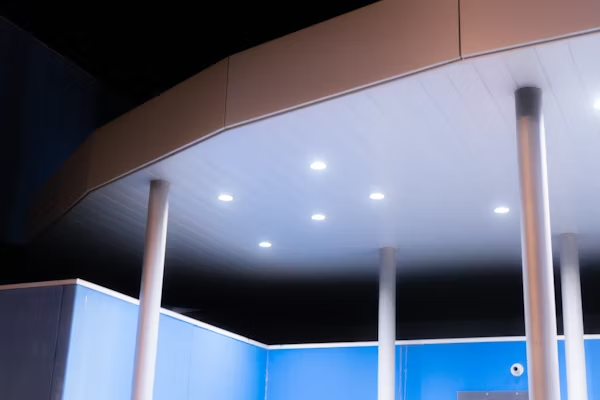
Tackling the Clutter: Effective Cleanout Strategies
Before transformation begins, most sheds require significant decluttering—and this step often proves more challenging than anticipated. Years of accumulated items create emotional and practical obstacles. That broken lawnmower you’ve meant to repair for three years, children’s toys they’ve outgrown, duplicates of tools you forgot you owned, and mysterious boxes that haven’t been opened since your last move all compete for space with genuinely useful items worth keeping.
Start decluttering systematically rather than randomly. Empty the shed completely if possible, sorting items into clear categories: keep and return to shed, relocate to appropriate storage elsewhere, donate or sell, and dispose of. Be ruthlessly honest about what you actually use. Tools or equipment untouched for over two years, damaged items not worth repairing, and duplicates of things you already have accessible all qualify as candidates for removal.
Many items occupying valuable shed space belong elsewhere. Sports equipment might be better housed in garage storage, seasonal decorations could move to attic or under-house storage, and rarely-used camping gear might warrant vacuum-sealed bags in another location. This sorting process often reveals that your shed has been serving as a dumping ground rather than purposeful storage.
Disposing of unwanted items responsibly requires planning. Hazardous materials like old paint cans, chemicals, batteries, and electronic waste need proper disposal through designated collection facilities rather than regular rubbish bins. Scrap metal often has salvage value, and many recycling centres accept it at no cost or even pay for larger quantities. Broken or outdated tools and equipment may contain recyclable materials worth separating.
For larger cleanout projects involving substantial waste, furniture, building materials, or bulk quantities of accumulated items, professional disposal service in Singapore providers and similar services in other regions offer efficient solutions that save enormous time and physical effort. Professional disposal services handle sorting, loading, transportation, and proper disposal or recycling, often completing in hours what might take homeowners multiple weekends. They’re particularly valuable when dealing with heavy items, large quantities, or materials requiring specialized disposal.
Once cleared, implement organizational systems that prevent clutter reaccumulation. Designated storage for specific item categories, clear labeling, and “one in, one out” rules for new items help maintain order. Vertical storage solutions like wall-mounted racks, pegboards, and overhead shelving maximize floor space while keeping items visible and accessible.
Comfort Considerations and Climate Control
Creating truly functional shed space requires addressing comfort across Australia’s varied climate conditions. Insulation forms your first defense against temperature extremes, with proper installation in walls, ceiling, and even floors if your shed sits on piers. Bulk insulation reduces heat transfer, while reflective barriers combat radiant heat particularly important for Australian summers.
Ventilation works alongside insulation to maintain comfortable conditions. Ridge vents, gable vents, or whirlybird turbines on the roof promote hot air escape, while lower vents allow cool air intake, creating beneficial circulation. For spaces with minimal natural airflow, consider installing exhaust fans on timers or thermostats to activate during peak heat.
Heating and cooling needs depend on your climate zone and intended use frequency. Reverse-cycle air conditioning provides both heating and cooling efficiently, though installation costs are substantial. More economical alternatives include portable fans, evaporative coolers, or compact electric heaters, depending on your predominant climate challenge and budget constraints.
Flooring upgrades dramatically improve comfort and aesthetics. Concrete shed floors can be painted with specialized floor paint, covered with interlocking floor tiles, or topped with vinyl plank flooring for a more finished appearance. If your shed has timber floors, ensure they’re structurally sound and treat them appropriately against moisture and insects before covering.
Window treatments deserve consideration if your shed includes windows. Curtains, blinds, or external awnings control light, provide privacy, and contribute to temperature regulation. Reflective window film applied to glass reduces solar heat gain while maintaining visibility outward—particularly effective on western-facing windows exposed to harsh afternoon sun.

Conclusion
Transforming an underutilized shed into functional, enjoyable space represents one of the most rewarding home improvement projects available to Australian homeowners. The combination of relatively modest investment, manageable timeframes, and dramatic results makes shed renovation appealing for DIY enthusiasts and those hiring contractors alike.
Success requires thoughtful planning, honest assessment of needs and budgets, and willingness to address foundational issues before cosmetic improvements. By methodically working through structural repairs, adding appropriate amenities, ensuring reliable power supply, thoroughly decluttering, and implementing comfort measures, you create space that genuinely enhances your property and lifestyle rather than remaining an afterthought repository for items you’ll “deal with later.”
Your transformed shed might become your favorite retreat—a quiet workspace away from household distractions, a workshop where creative projects come to life, or an entertainment area where friends gather. Whatever its purpose, the journey from neglected storage to purposeful space delivers satisfaction that far exceeds the effort invested. Start planning your shed transformation today, and discover the potential that’s been waiting in your backyard all along.















